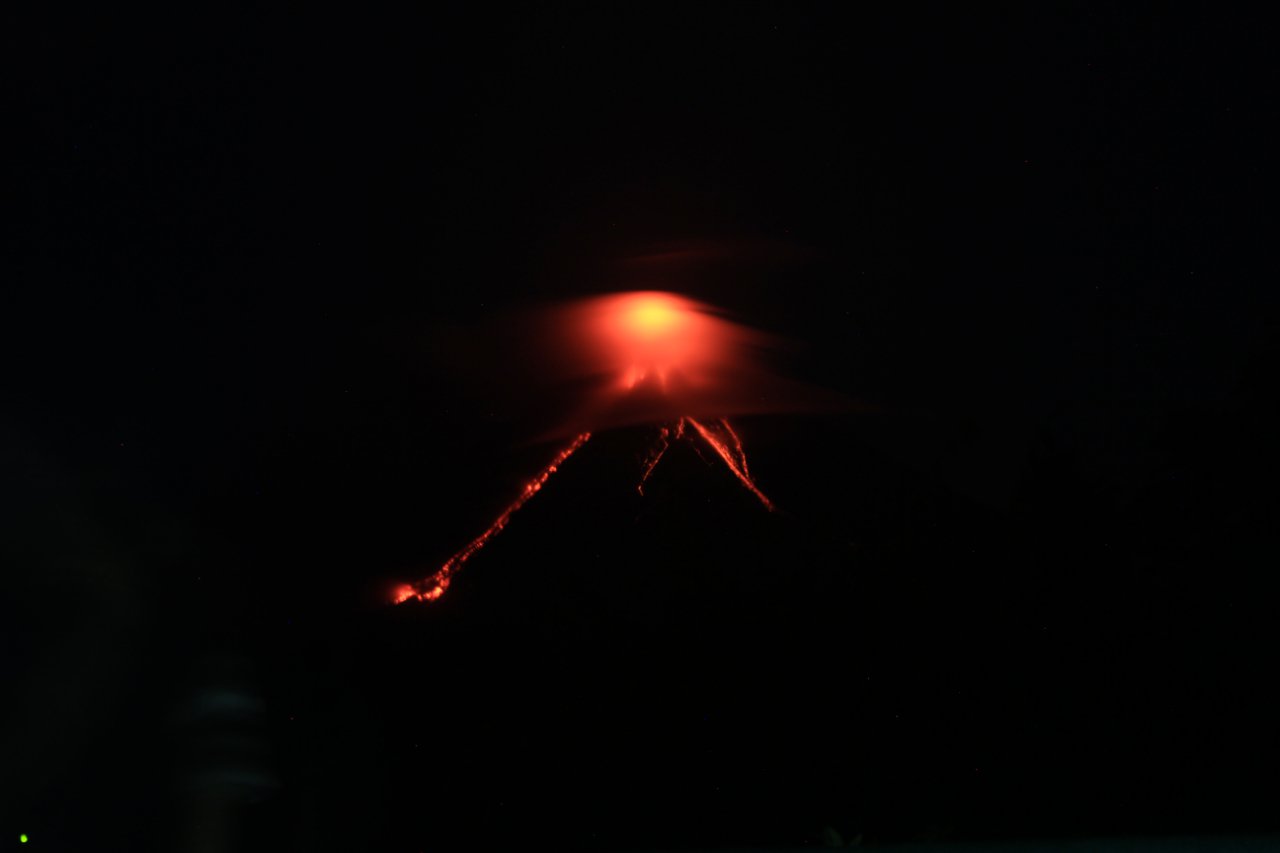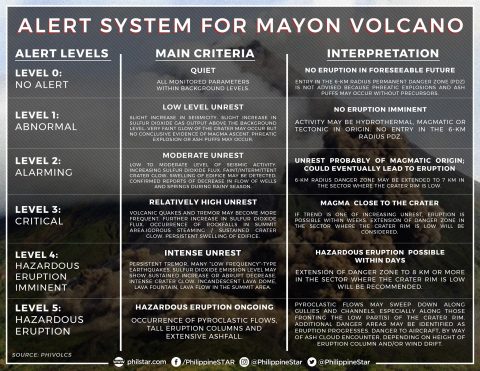
Scientists believe Mount Mayon’s continuing volcanic activity could act as a “facelift” and restore its cone to perfect symmetry.
The volcano is often dubbed the “Mount Fuji of the Philippines” due to its iconic shape.
Renato Solidum, director of the Philippine Institute of Volcanology and Seismology (Phivolcs), said: “That’s the beauty of what is happening in Mayon. This could act as a facelift to repair damage from former lava flows.”
After an eruption in 1968, the bulk of the volcano’s deposits started to flow down the southern side of the cone. However, over the years since this has corrected itself, resulting in a more even flow.
Mr Solidum said this puts people living to the north of the volcano in greater danger. “Our countrymen need to know the northern side of the volcano is now threatened. There are many barangays in the southern side that have been relocated, but not on the north side.”

The volcano remains under alert Level 3 [critical, relatively high unrest] as it continues to spew lava.
Phivolcs has warned it could experience a hazardous eruption within days.
More than 5,000 families or more than 20,000 people have been evacuated to safety, but some continue to venture into the six-kilometre ‘permanent danger zone’ to check on crops and livestock.
Ash has also risen two kilometres into the sky over the past 24 hours, covering surrounding areas in a grey carpet.
At the same time as residents are evacuating, tourists are flocking to the area to watch and photograph the spectacle, Danny Garcia, a local government spokesman told Agence France-Presse.
“It’s a spectacle to watch,” he said. “It’s beauty and fury in one, especially at night. But it’s a natural phenomenon so we don’t know when an explosive eruption will happen.”
Yesterday (Monday, January 15) the UK’s Foreign and Commonwealth Office updated its travel advice for the Philippines, urging visitors to steer clear of the volcano.
Mount Mayon, one of the Philippines’ active volcanoes in the Philippines, last erupted in 2014. However, its most destructive episode occurred in 1814 when some 1,200 people were killed.
